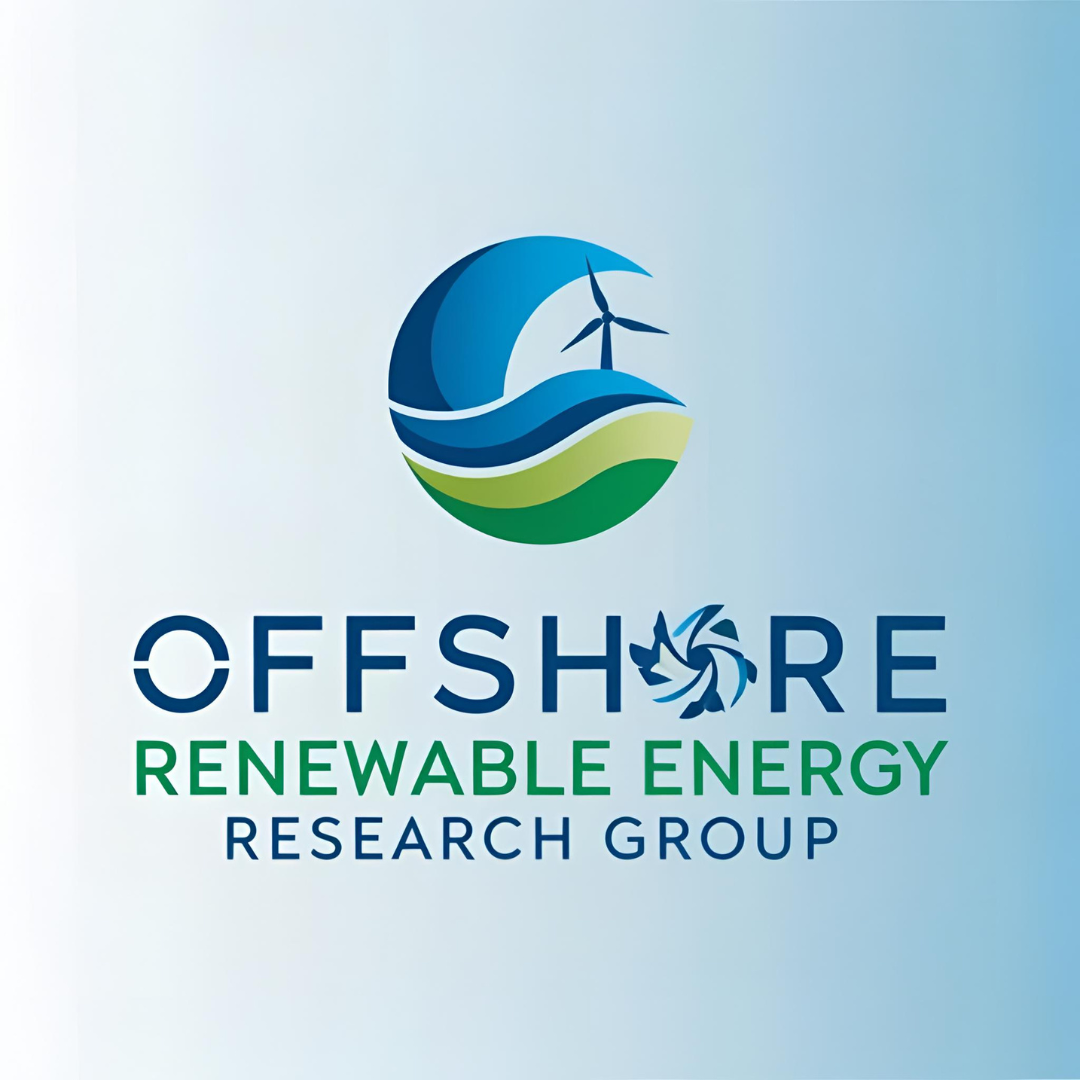Publications
Adapting Optimal Preventive Maintenance Strategies for Floating Offshore Wind in Atlantic Areas by Integrating O&M Modelling and FMECA
Ireland is among the countries best suited for the floating offshore wind (FLOW) boom. The Irish government's goal is to produce 80% of its power from renewable sources achieving 7 GW of offshore wind capacity by 2030. This will be aided by the significant effort that has already been made in developing FLOW projects in Atlantic and Celtic Sea areas. However, there are issues that must be resolved before floating turbines can be widely deployed particularly in areas like the Atlantic. One of these challenges is the harsh environment, which limits the accessibility of the vessels needed for Operation and Maintenance (O&M), especially in the winter. This paper has conducted an O&M cost criticality assessment of a 1 GW scale floating offshore wind (FLOW) project in two case studies off the West and South coasts of Ireland. The consequences of failures, and therefore the criticality of each component, are calculated in an integrated O&M-Failure Mode, Effects and Criticality (FMECA) model. In the model the mean time between failure, the type of vessel and their costs, technician and spare part costs, weather window and farm availability are determining factors of the criticality scores of components in each location. The ability to analyze the impact of different Planned Maintenance (PM) strategies on the failure rate of components is a particular functionality offered in this O&M model. A PM strategy that directly affects O&M expenses can help the project by improving farm availability, maintaining a low rate of unexpected failure and lowering O&M costs as a way to balance costs and availability. Several PM intervals are looked at for the two Projected FLOW locations.The importance of minor failure mode of components like the ‘Electric component, ‘Generator leak’, ‘Pitch hydraulic minor’, ‘Floating structure’, and ‘Tower’ is emphasized in both places, but especially on the West coast. For the FLOW system at both locations, the component criticality ratings are ranked relative to one another. The total lifecycle O&M cost, including the cost of energy losses, of a 15MW FLOW turbine over 25-year lifetime is found €55.8 m in the West and €29.4 m in the South. At subsystem level, ‘Structural subsystem’ typically accounts for 31% of the cost-criticality, followed by auxiliary subsystem with 29%, pitch hydraulic with 18%, generator with 13%, and gearbox with 9%. Implementing a semi-annual PM for turbines, a PM every two years for substructure, and a thorough PM every 10 years may, in the best scenario, boost the availability of the FLOW farm in the West from 80.0% to 95% in the best case. This resulted from a drop in remedial interventions from 5.5 to 1.2 per turbine per year in the West and from 6.8 to 2.8 in the South. Due to the lack of experience with operating FLOW turbines in the sea, the input data for modeling the O&M strategies of a large-scale FLOW farm are somewhat uncertain. These uncertainties can be reduced when more exact facts become available. The study did show that scenario studies can, at this point of development, disclose some potential PM solutions that, if correctly implemented, might result in a large reduction in O&M expenses because of the reduction in unexpected incidents and the rise in farm availability. This area of research may benefit from increased component life expectancy after PM in the model, which lowers unexpected model intervention. The model illustrates a method to balance the costs and benefits of a PM strategy.
- Authors
- Year
- 2023
- Publication Name
- Oceans 2023
- Category
- Conference Paper / Proceedings
- Link to Publication
- https://ieeexplore.ieee.org/document/10244469


